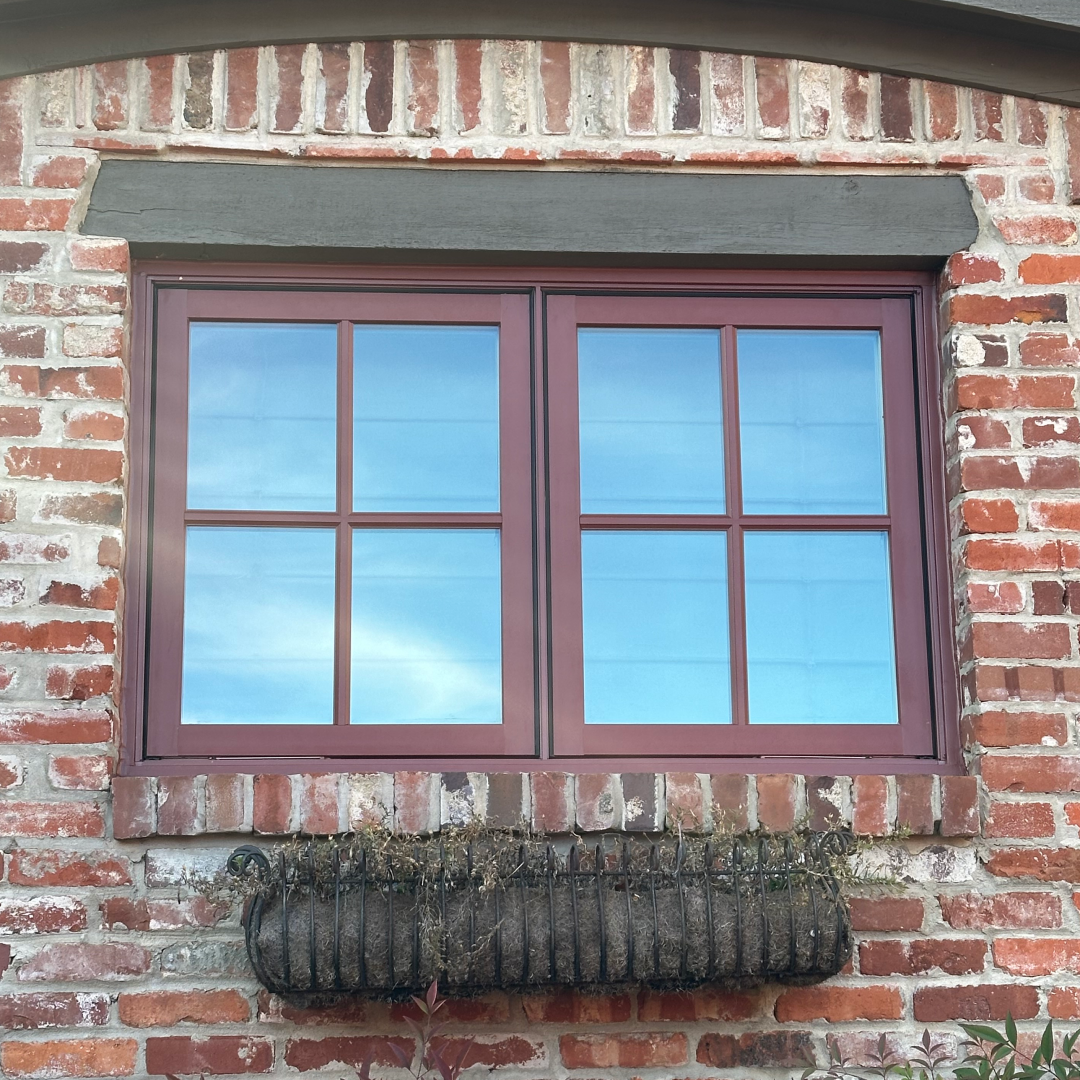Craftsman bungalow windows play a crucial role in maintaining the authentic character and charm of these beloved early 20th-century homes. When considering window replacement for your Craftsman-style home, understanding the architectural elements that define this distinctive style ensures your investment preserves both historical accuracy and modern performance standards.
Understanding Craftsman Bungalow Architecture
Craftsman bungalows emerged during the Arts and Crafts movement, emphasizing handcrafted details, natural materials, and functional design. These homes typically feature low-pitched roofs, wide eaves, exposed rafters, and prominent front porches supported by tapered columns or stone pillars.
The window design in Craftsman homes serves both aesthetic and functional purposes. Original windows were designed to maximize natural light while maintaining the home's connection to nature—a core principle of the Arts and Crafts philosophy.
Essential Window Characteristics for Craftsman Homes
Double-Hung Windows with Divided Lights
The most authentic choice for Craftsman bungalows is double-hung windows featuring divided lights in the upper sash. This configuration typically includes:
- Multiple small panes in the top sash (commonly 4, 6, or 8 lights)
- A single large pane in the bottom sash
- True divided lights or high-quality simulated divided lights for authenticity
Casement Windows for Specific Applications
Casement windows work well in certain areas of Craftsman homes, particularly:
- Kitchen areas where ventilation is important
- Bathrooms requiring privacy and airflow
- Side walls where the outward swing doesn't interfere with walkways
Window Proportions and Placement
Craftsman windows maintain specific proportional relationships that contribute to the style's balanced appearance:
- Windows are typically taller than they are wide
- Consistent alignment across the facade
- Grouped windows create visual rhythm and emphasis
Material Considerations for Authentic Appeal
Wood Windows: The Traditional Choice
Wood remains the most historically accurate material for Craftsman bungalows. Benefits include:
- Natural beauty that complements the Arts and Crafts aesthetic
- Ability to accept stain or paint finishes
- Excellent insulation properties when properly maintained
- Authentic appearance that preserves historical integrity
Modern Composite Materials
Contemporary composite materials like Fibrex® offer advantages for homeowners seeking durability with authentic appearance:
- Superior resistance to moisture, rot, and insect damage
- Dimensional stability that prevents warping and sticking
- Low maintenance requirements compared to traditional wood
- Energy efficiency that meets modern performance standards
Color and Finish Options
Traditional Color Schemes
Craftsman homes traditionally featured earth-tone color palettes that harmonized with natural surroundings:
- Deep greens that complement landscaping
- Rich browns and warm tans
- Burgundy and other muted reds
- Natural wood stains that highlight grain patterns
Hardware and Trim Details
Authentic hardware enhances the overall window appearance:
- Bronze or brass-finished hardware
- Substantial window locks and handles
- Decorative trim elements that echo interior woodwork
- Consistent finish coordination throughout the home
Energy Efficiency in Historic-Style Windows
Modern window technology allows homeowners to maintain authentic appearance while achieving superior energy performance:
Advanced Glazing Options
- Low-E coatings that reduce heat transfer
- Argon gas fills between panes for improved insulation
- Multiple pane configurations for enhanced thermal performance
Weatherstripping and Sealing
Professional installation ensures proper sealing around window frames, preventing air infiltration while maintaining the window's authentic appearance.
Professional Installation Considerations
Proper installation is critical for both performance and longevity of Craftsman-style windows:
Structural Assessment
Professional installers evaluate existing window openings to ensure:
- Adequate structural support for new windows
- Proper flashing and moisture management
- Alignment with existing architectural elements
Preservation of Architectural Details
Experienced installers understand how to maintain:
- Original trim and casing elements where possible
- Consistent sight lines and proportions
- Integration with existing exterior materials
Frequently Asked Questions
Q: Can I install modern energy-efficient windows while maintaining my home's Craftsman character?
A: Yes, modern window technology allows you to achieve excellent energy efficiency while preserving authentic Craftsman styling. Look for windows with traditional proportions, appropriate divided light patterns, and materials that complement your home's original aesthetic.
Q: What's the difference between true divided lights and simulated divided lights?
A: True divided lights feature individual glass panes separated by actual muntins, creating authentic depth and shadow lines. Simulated divided lights use grilles applied to a single pane of glass, offering a similar appearance with easier maintenance and better energy efficiency.
Q: How do I determine the correct window proportions for my Craftsman bungalow?
A: Examine your home's existing windows and architectural drawings if available. Craftsman windows typically maintain a vertical orientation with heights approximately 1.5 to 2 times their width. Consult with a professional who specializes in historic home renovations for guidance specific to your property.
Q: What maintenance is required for different window materials in Craftsman homes?
A: Wood windows require periodic painting or staining, caulking, and hardware maintenance. Composite materials like Fibrex® need minimal maintenance—primarily cleaning and occasional hardware lubrication. Both materials benefit from professional inspection to ensure proper operation and weatherproofing.
Key Takeaways
Selecting appropriate windows for your Craftsman bungalow requires balancing historical authenticity with modern performance requirements. Focus on traditional proportions, appropriate divided light patterns, and materials that complement your home's architectural character. Professional installation ensures optimal energy efficiency while preserving the distinctive elements that make Craftsman homes so appealing. Whether you choose traditional wood or modern composite materials, prioritize quality construction and authentic styling to maintain your home's value and character for generations to come.
Schedule a Consultation
